Casamance tourism offers an unparalleled experience in Senegal. Let SIXT.VN guide you through this lush region, providing seamless travel solutions including airport transfers, hotel bookings, and curated tours, ensuring an unforgettable adventure. Experience the best of Senegal with our expertly crafted itineraries and convenient services.
1. What Makes Casamance a Must-Visit Destination in Senegal?
Casamance, located in southern Senegal, stands out as a captivating destination due to its unique blend of lush landscapes, rich cultural heritage, and tranquil atmosphere. Unlike the arid north of Senegal, Casamance boasts vibrant greenery, pristine beaches, and navigable rivers, making it a paradise for nature lovers and those seeking authentic experiences. According to the Senegal Tourism Board, Casamance is renowned for its “Téranga,” the Senegalese concept of hospitality, offering visitors a warm and welcoming environment. This region’s diverse ecosystem and cultural vibrancy make it an essential part of any Senegal itinerary.
- Lush Landscapes: Casamance is characterized by its verdant landscapes, including tropical forests, mangroves, and rice paddies, creating a stark contrast to the northern parts of Senegal.
- Rich Cultural Heritage: The region is home to the Diola people, known for their unique traditions, animist beliefs, and vibrant arts and crafts.
- Tranquil Atmosphere: Far from the bustling cities, Casamance offers a serene and relaxed environment, perfect for those seeking a peaceful getaway.
- Pristine Beaches: The coastline features stunning beaches with white sand and clear waters, ideal for relaxation and water activities.
- Navigable Rivers: The Casamance River and its tributaries provide opportunities for boat trips and exploration of the region’s diverse ecosystems.
2. How Can You Get to Casamance?
Getting to Casamance is straightforward, with multiple transportation options available to suit different preferences and budgets.
- By Air: Flights from Dakar to Ziguinchor or Cap Skirring are available through Transair and Air Senegal. Direct flights from France are also an option, though they tend to be more expensive.
- By Boat: The Cosama ferry offers a twice-weekly service from Dakar to Ziguinchor, providing a scenic and cost-effective travel option.
- By Car: Driving to Casamance is possible, but the journey takes approximately 9 hours and involves crossing through Gambia. This route can be time-consuming due to border crossings and checkpoints.
SIXT.VN can assist with arranging airport transfers, booking flights, and providing information on ferry schedules, ensuring a hassle-free journey to Casamance.
3. What Are the Top Attractions and Activities in Casamance Tourism?
Casamance is brimming with attractions and activities, catering to a wide range of interests. Here’s a list of some of the best things to see and do in the region:
3.1. Explore Ziguinchor, the Capital of Casamance
Ziguinchor, the vibrant capital of Casamance, offers a blend of colonial charm and local culture. Wander through its streets to discover colonial-era buildings, bustling markets, and delicious local cuisine. According to UNESCO, the historical architecture of Ziguinchor reflects the region’s unique cultural heritage. Enjoy the relaxed atmosphere and immerse yourself in the daily life of the Casamance people.
3.2. Relax on the Beaches of Cap Skirring
Cap Skirring is a popular beach resort known for its pristine white sand beaches and tranquil waters. It’s the perfect place to unwind, swim, and soak up the sun. You can also find various water sports activities, such as kayaking and paddleboarding. For a more authentic experience, visit Diembéring, a nearby village offering a glimpse into local life.
3.3. Visit Diembéring: A Cultural Gem
Diembéring, located north of Cap Skirring, is an authentic village that offers a deeper dive into the local culture. The Sangawatt Museum is a must-visit, providing insights into the Diola culture and traditions. Stroll through the village to see traditional houses and experience the warm hospitality of the locals.
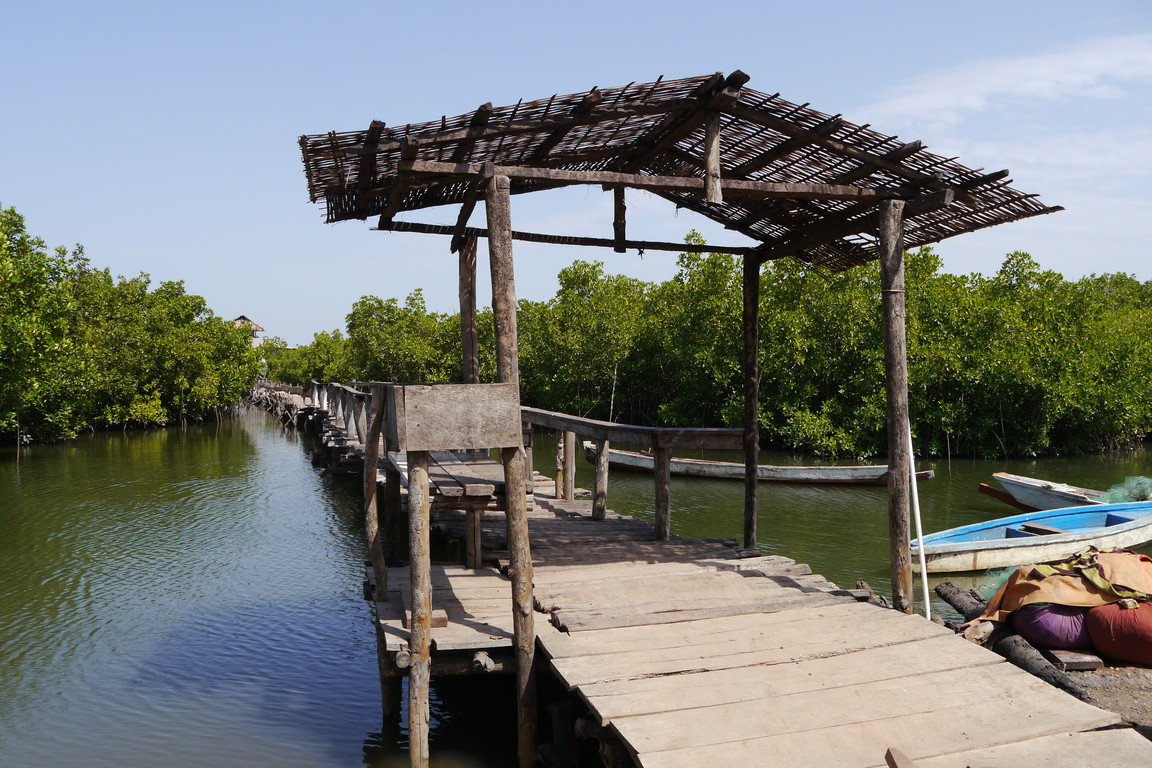 Traditional houses in Diembering
Traditional houses in Diembering
3.4. Discover Carabane Island: A Historical Haven
Carabane Island, situated at the mouth of the Casamance River, is a historical and natural treasure. Reachable by pirogue, the island offers stunning beaches, lush mangroves, and a glimpse into its colonial past. Visit historical sites such as the French cemetery and the Breton church, and experience the warmth of the local community.
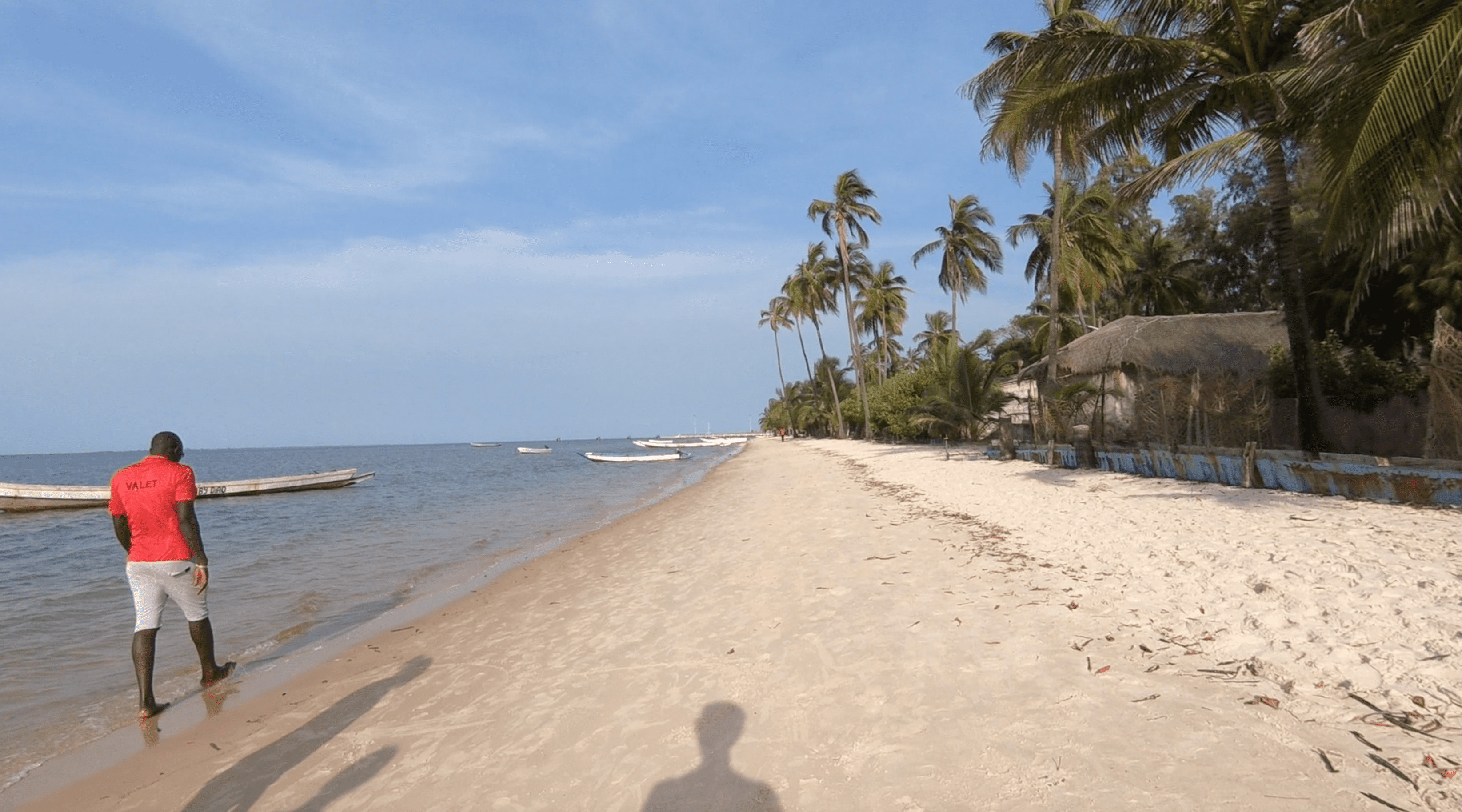 Carabane Island's serene beaches
Carabane Island's serene beaches
3.5. Experience Elinkine: A Fishing Village
Elinkine, a significant fishing village near Carabane, offers an authentic look into the daily lives of local fishermen. The village is surrounded by dense mangroves and is known for its vibrant market where fresh seafood is sold. Arrive early to witness the fishermen returning with their catch and immerse yourself in the local traditions.
3.6. Immerse Yourself in Diola Culture at Oussouye
Oussouye, considered the cultural capital of Casamance, is known for its strong Diola traditions. Visit the Kadioute Museum in Boucotte to learn about the local culture and customs. Participate in traditional dances and explore the local markets for unique crafts.
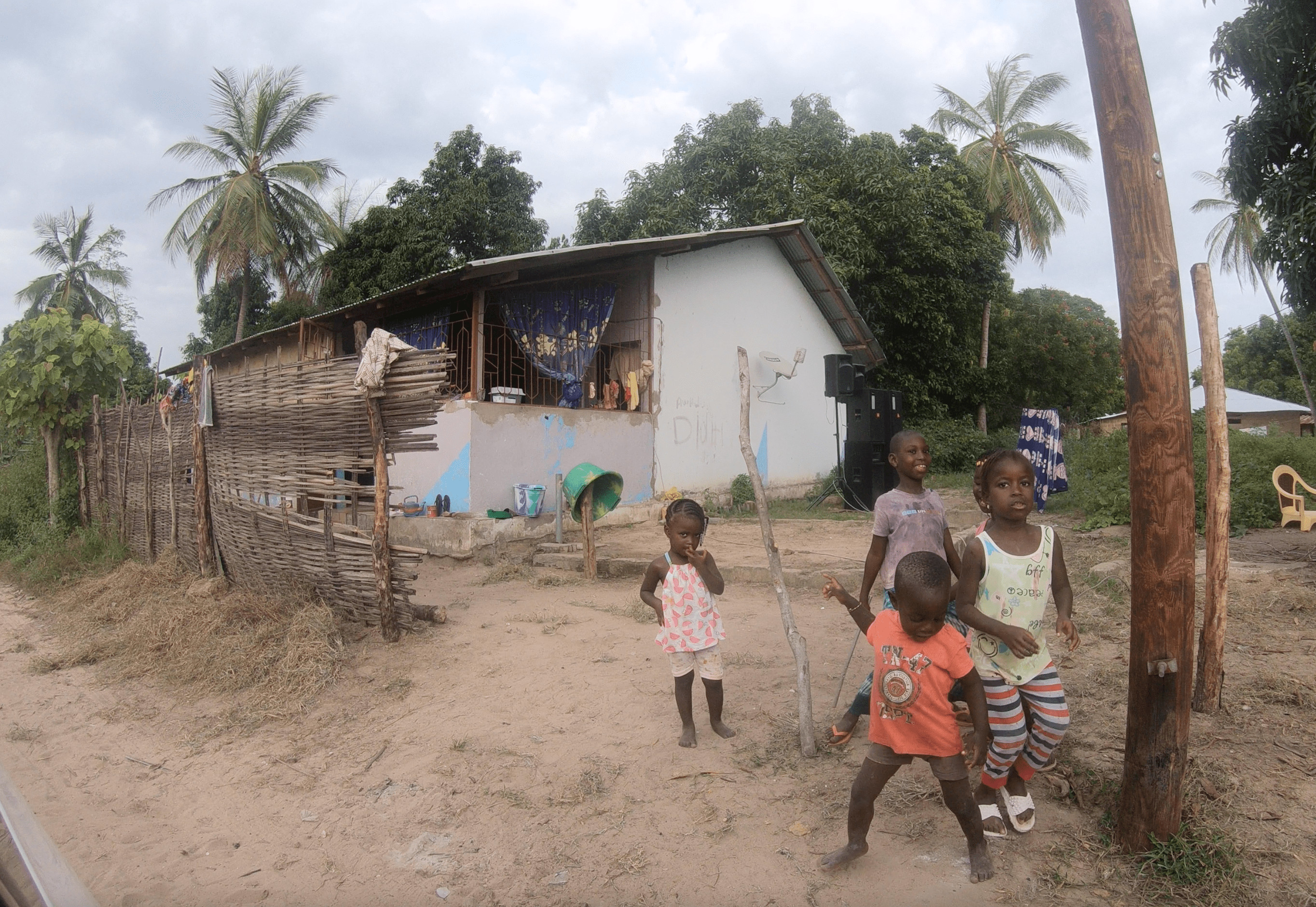 Exploring the cultural heart of Casamance in Oussouye
Exploring the cultural heart of Casamance in Oussouye
3.7. Explore Mlomp: A Village of Traditions
Mlomp is a traditional village known for its unique architecture, including houses made of earth and wood with thatched roofs. The village is surrounded by lush forests and offers opportunities for hiking and exploring the local flora and fauna. Visit the local museum to learn about the village’s history and traditional ways of life.
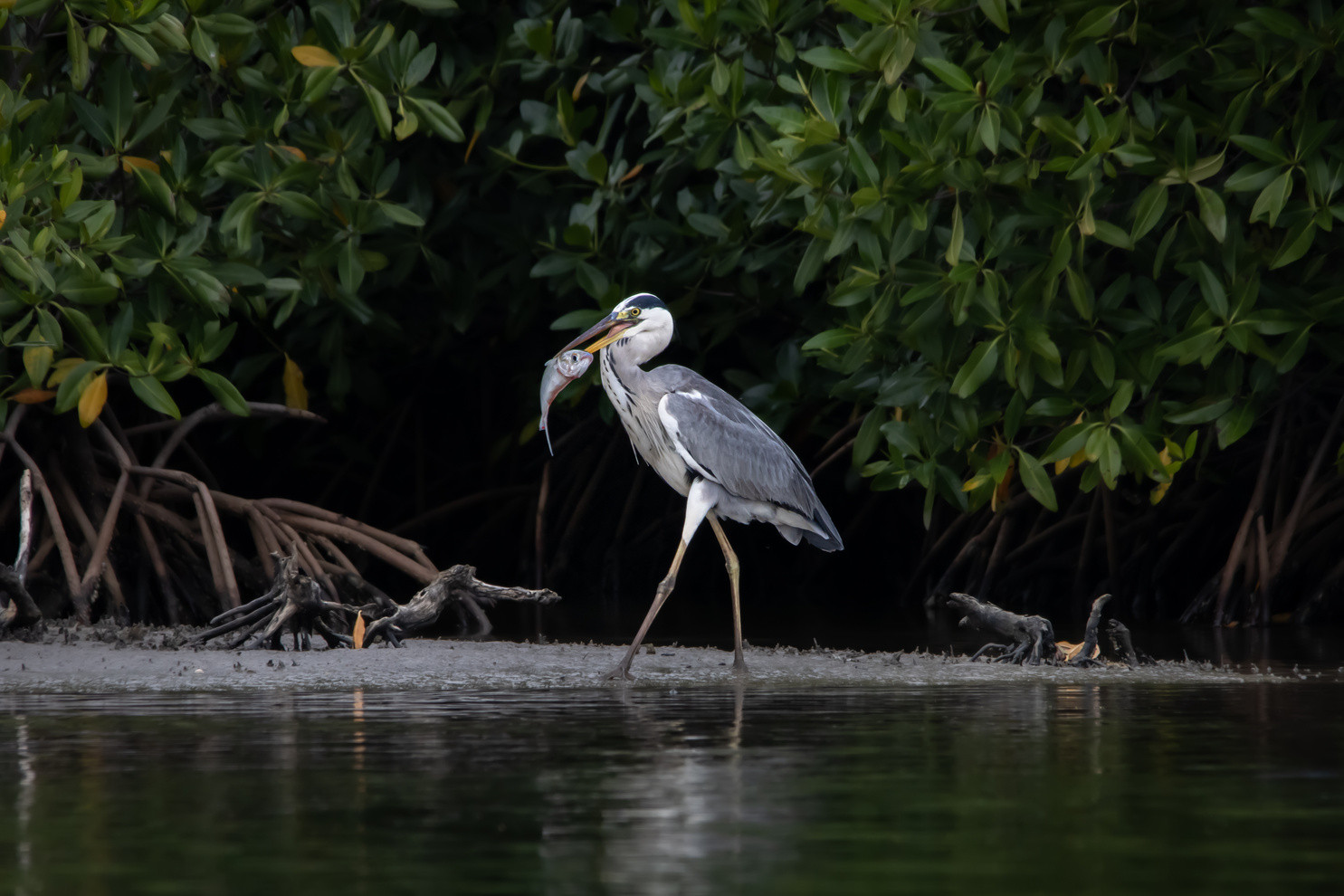 Traditional architecture in Mlomp village
Traditional architecture in Mlomp village
4. What Activities Should You Not Miss in Casamance?
Casamance is a playground for adventure and cultural immersion. Here are some must-do activities to enhance your visit:
4.1. Take a Pirogue Ride on the Casamance River
A pirogue (traditional canoe) ride on the Casamance River offers a unique perspective on the region’s natural beauty. According to local tour operators, these rides provide a chance to see diverse wildlife and traditional villages along the riverbanks. These boat trips typically cost between 15,000 to 20,000 FCFA (approximately $25 to $35 USD) per person for a two-hour excursion.
4.2. Explore the Islands of Casamance
The islands of Casamance are tropical paradises with pristine beaches and lush vegetation. Popular islands to visit include Carabane, Ehidj, and Cap Skirring. Boat excursions to these islands range from 20,000 to 40,000 FCFA (approximately $35 to $70 USD) per person.
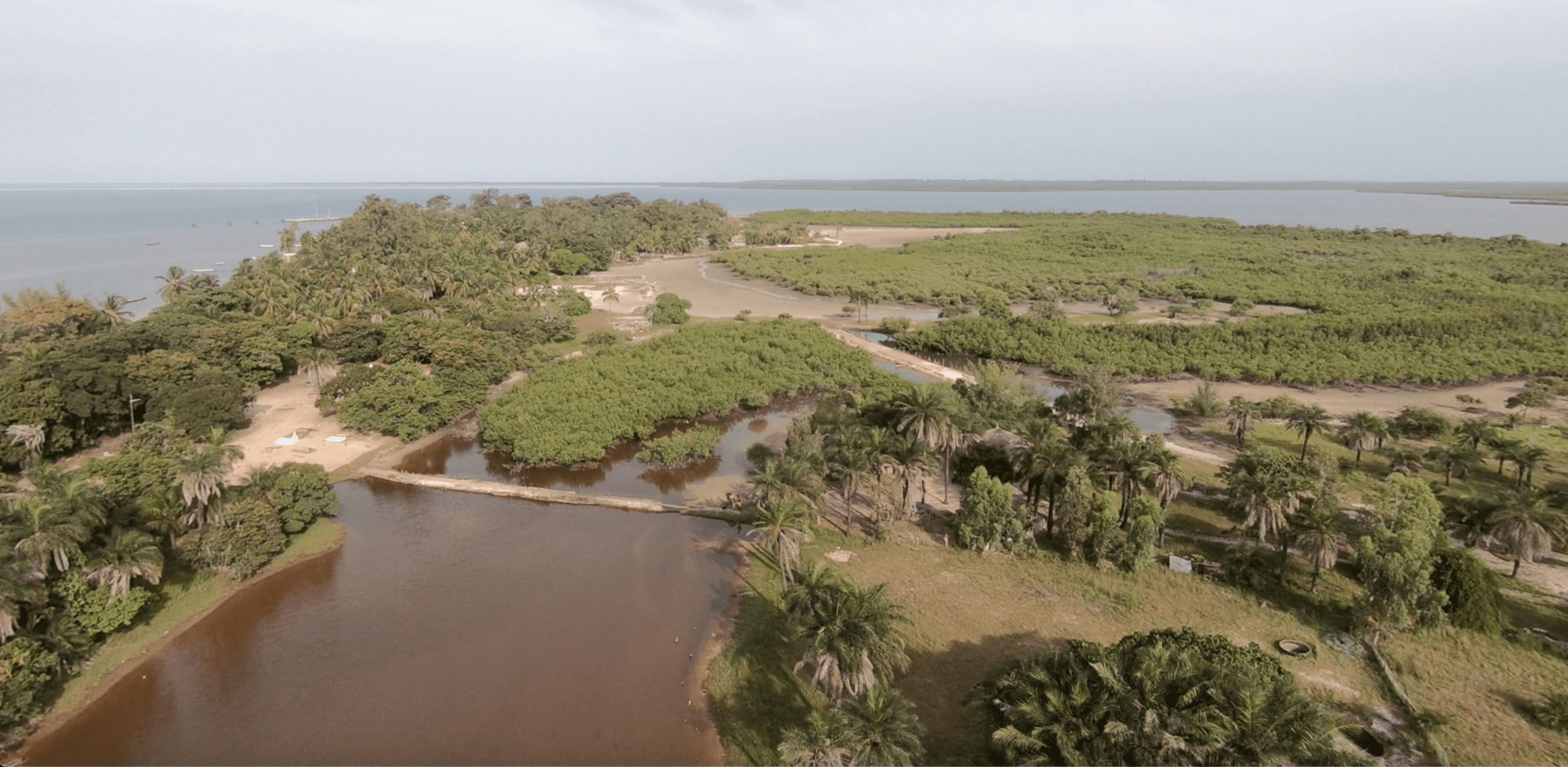 Island hopping in Casamance
Island hopping in Casamance
4.3. Discover the Mangroves of Kafountine
Explore the mangroves of Kafountine by pirogue and witness the rich marine life, including mangroves, crabs, oysters, and shells. This activity is both educational and visually stunning, offering a unique glimpse into the region’s ecosystem.
 Exploring the mangroves of Kafountine
Exploring the mangroves of Kafountine
4.4. Hike in the Basse-Casamance Forest
A hike through the Basse-Casamance Forest provides an opportunity to discover the region’s biodiversity. Observe monkeys, birds, and unique plant species, and visit traditional villages along the way. This activity is perfect for nature enthusiasts and those seeking an adventurous experience.
4.5. Visit the Saloum Islands
A boat trip through the islands and mangroves of the Saloum Delta is a must-do in Casamance. Observe various birds, crocodiles, and monkeys, and discover the traditions of the fishing villages. Enjoy swimming and a leisurely lunch at one of the recommended campsites.
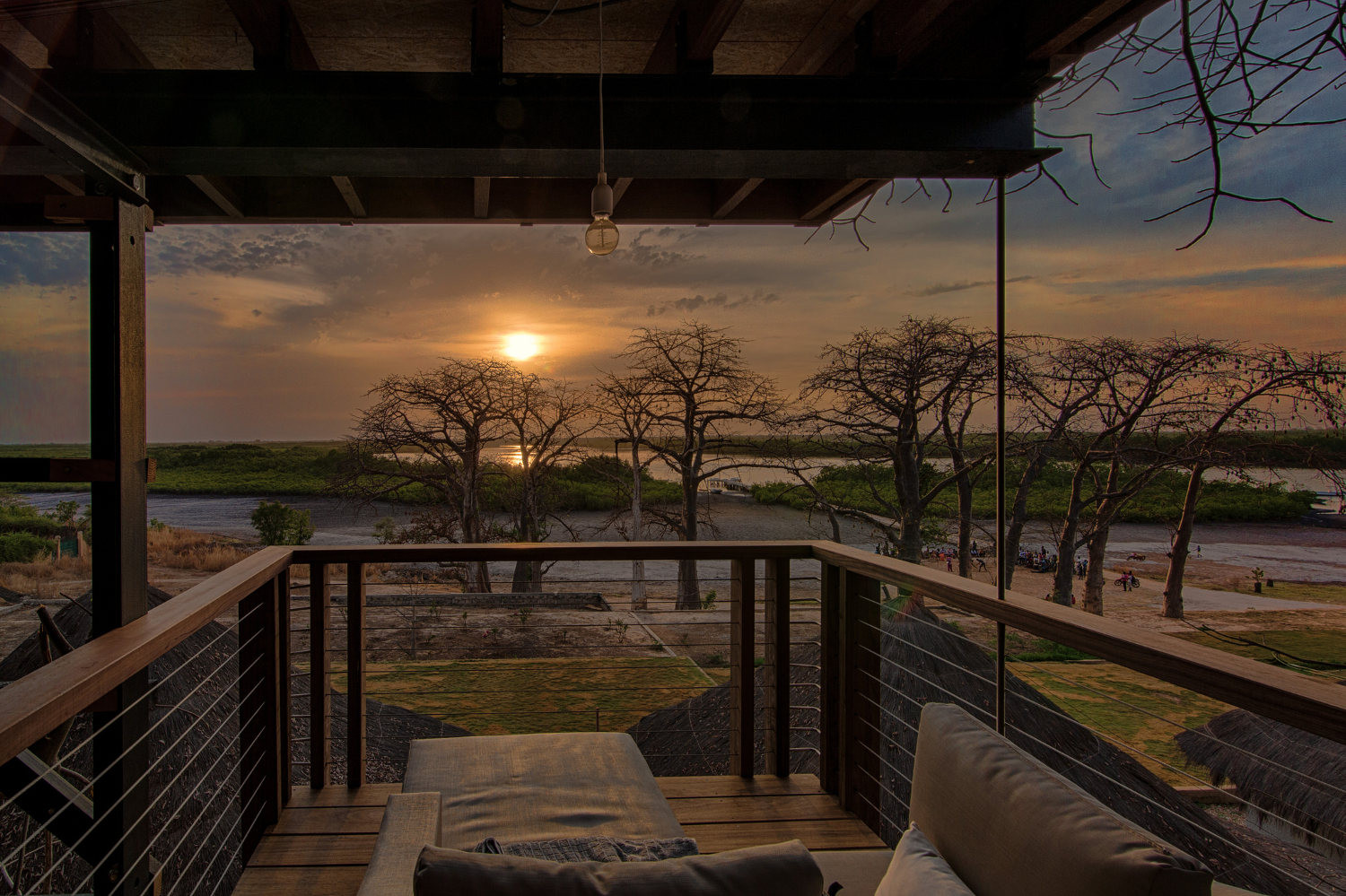 Navigating the Saloum Islands
Navigating the Saloum Islands
4.6. Learn About Cashew Processing
Casamance is a major cashew-producing region. Visit cashew factories to learn about the production process and the importance of this economic activity. Factories such as SODEFITEX in Ziguinchor and the ANCA cooperative offer guided tours and tastings. According to the Ministry of Agriculture, Casamance accounts for a significant portion of Senegal’s cashew production.
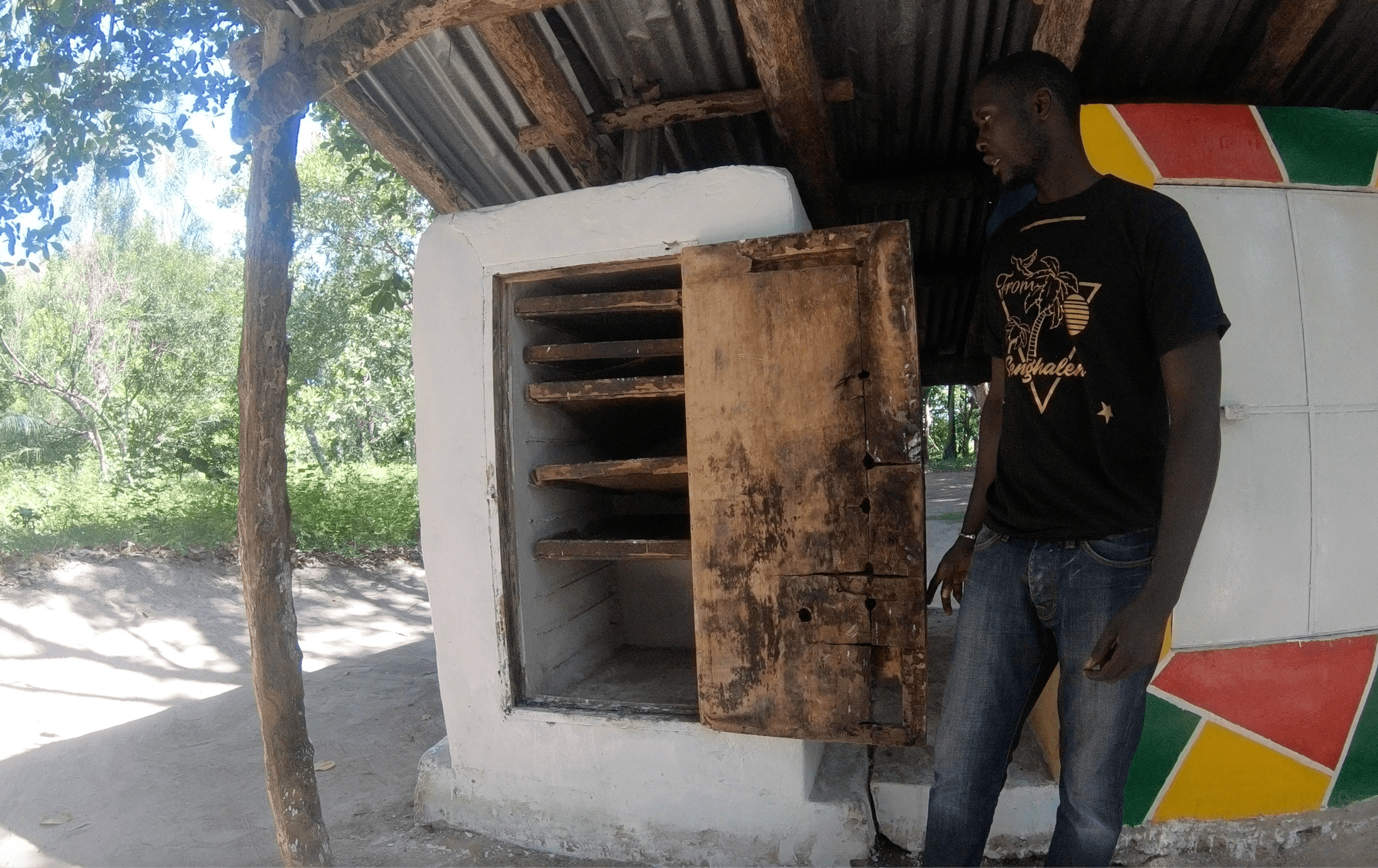 Learning about cashew processing
Learning about cashew processing
4.7. Climb a Giant Baobab Tree
Casamance is known for its giant trees, especially the African baobab. Climb to the top of these trees for panoramic views of the region. The sacred baobab of Dionewar and the baobabs in Djibelor Park offer stunning vistas. Local guides can provide assistance and share legends associated with these sacred trees.
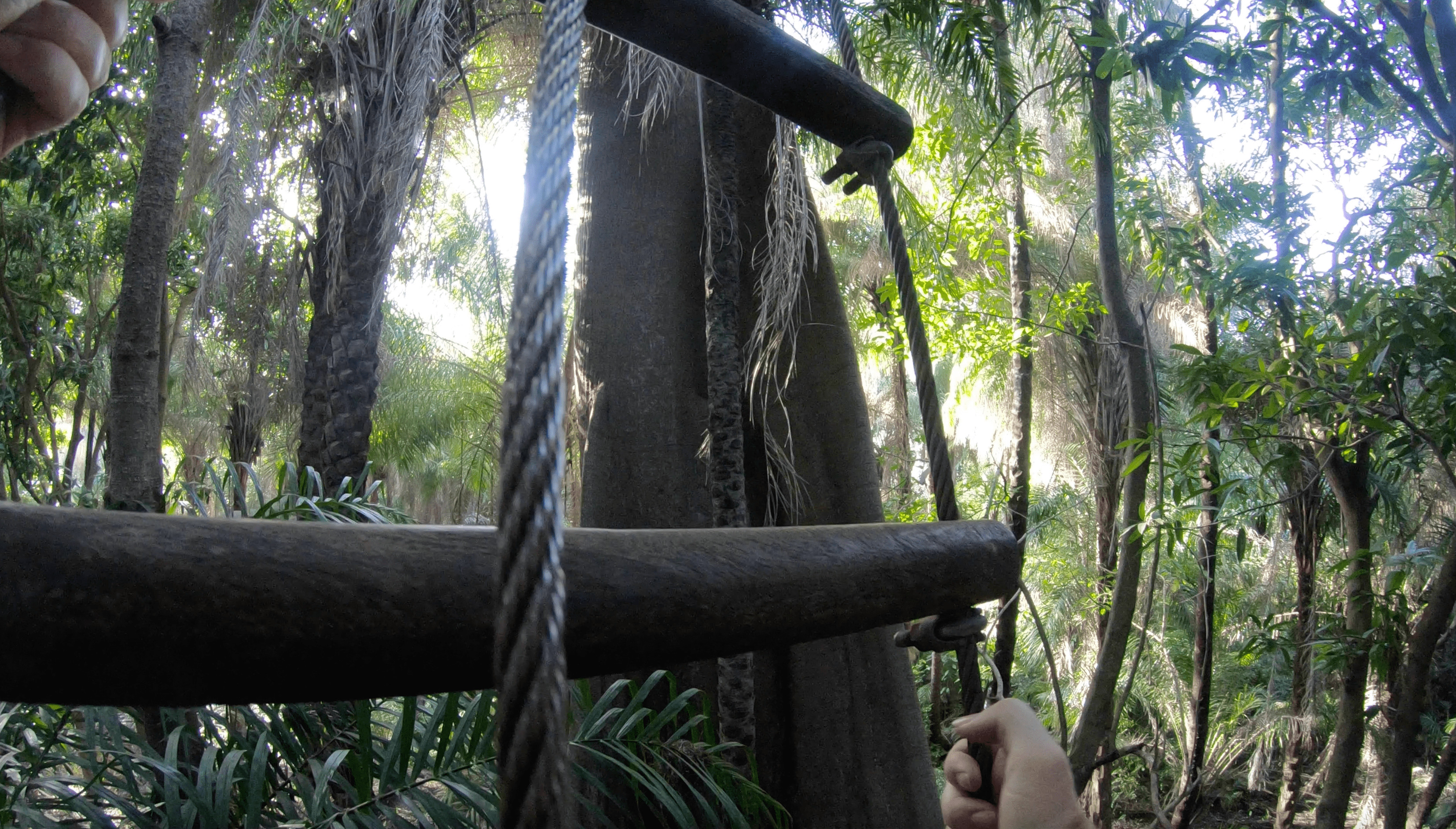 Climbing a giant Baobab tree for panoramic views
Climbing a giant Baobab tree for panoramic views
4.8. Cycle Through Casamance
Explore Casamance by bike and discover the region at your own pace. Various routes cater to both experienced cyclists and beginners. Local guides can enhance the experience and ensure safety. Companies like Casamance VTT offer guided bike tours, providing valuable insights into the local culture and environment.
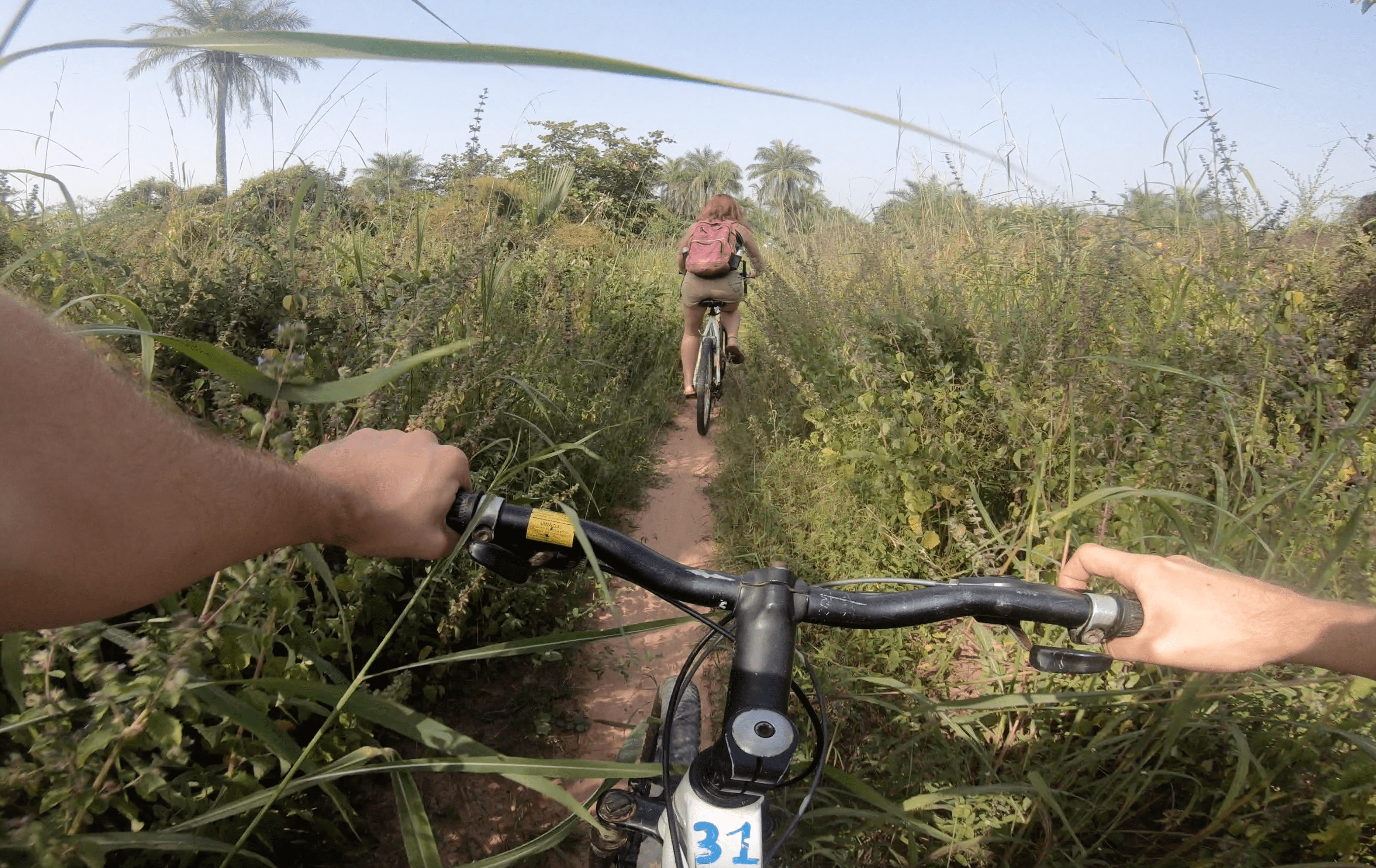 Cycling through the scenic landscapes of Casamance
Cycling through the scenic landscapes of Casamance
4.9. Visit the Impluvium Houses of Eloubaline
Eloubaline is a village known for its traditional impluvium houses, which collect rainwater for domestic use. A pirogue ride through the mangroves is required to reach this virtually self-sufficient village. UNESCO recognizes these impluvium houses as part of the cultural heritage of the Bandial kingdom.
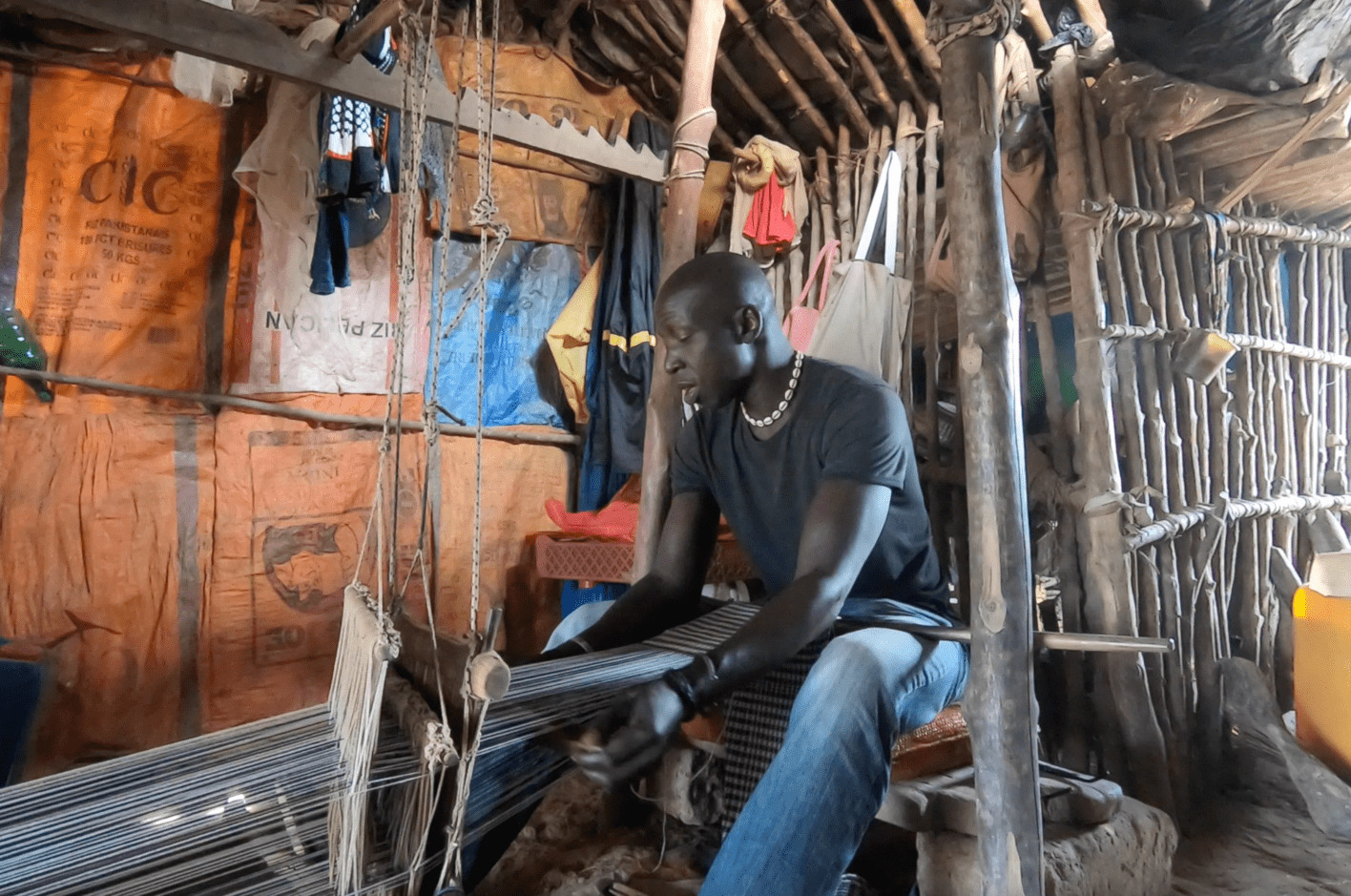 Traditional Impluvium house in Eloubaline
Traditional Impluvium house in Eloubaline
5. Where to Stay in Casamance?
For an authentic experience, consider staying in village camps. These camps support local tourism and infrastructure development, with profits contributing to schools and healthcare facilities. According to community tourism initiatives, staying in these camps offers an immersive cultural experience. These accommodations range from tents to traditional huts by the water.
Here are some recommended accommodations:
5.1. Campement de l’île d’Egueye
A peaceful retreat on Agaye Island, offering excellent hospitality, beautiful sunsets, and well-equipped rooms. The food is also highly rated, making it a great stop during your visit to Casamance.
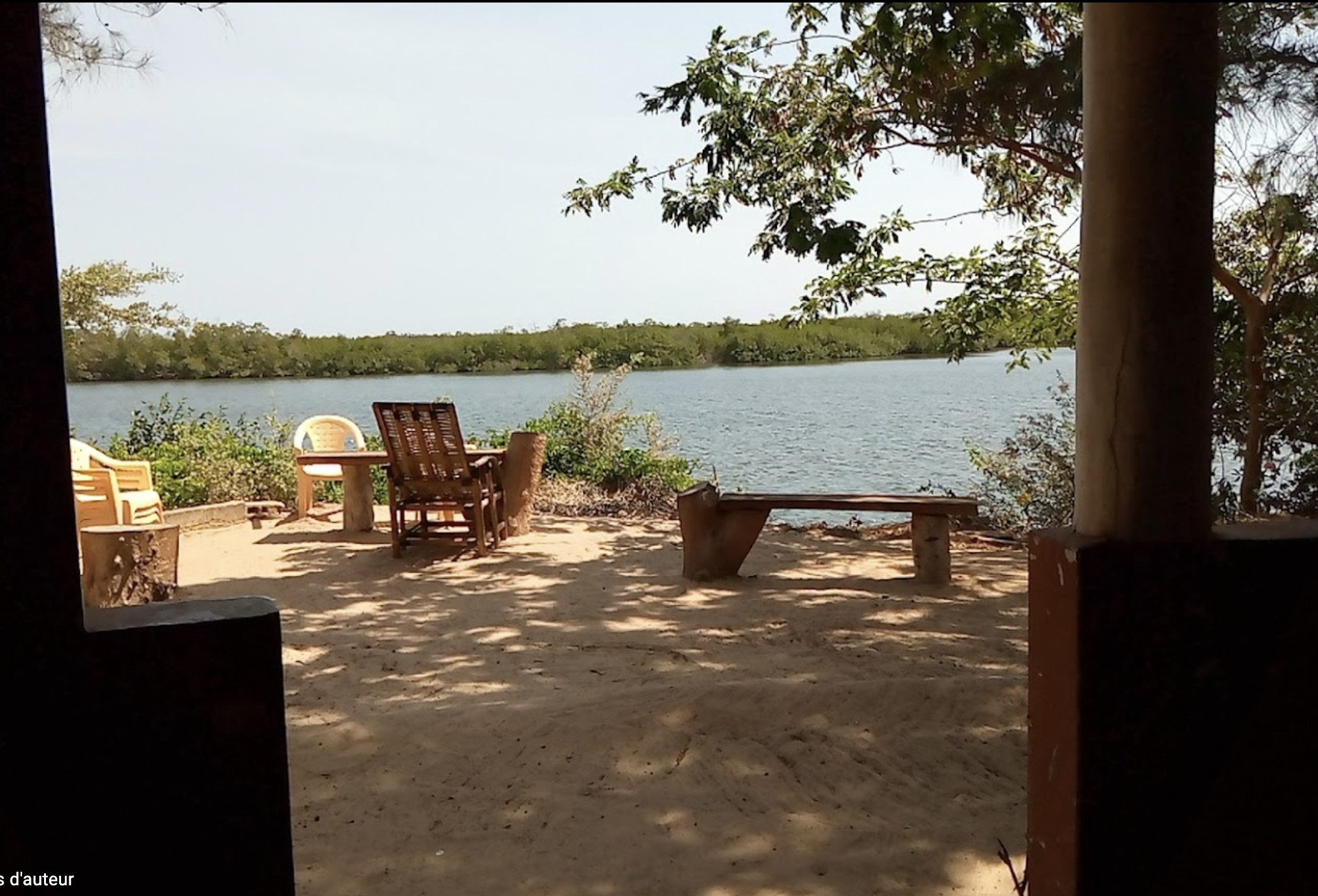 Campement de l'île d'Egueye
Campement de l'île d'Egueye
5.2. Katakalousse Lodge
Located in Diembéring, this lodge offers spacious and comfortable wooden bungalows with forest views. Guests can enjoy a swimming pool, tropical garden, and a restaurant serving local cuisine.
5.3. La Paillote
With beautiful gardens and paillotes (thatched huts) by the bolongs (creeks), La Paillote offers comfortable rooms, exemplary service, and friendly staff. Ideal for a relaxing stay.
5.4. La Palmeraie des Robinsons
Situated on the small island of Djourwatou, near Diembering, this camp is perfect for families. The owners, Agolène and Rebecca, provide a warm welcome. Guests can relax around a campfire and enjoy the music of djembes.
5.5. La Case Girafe
Known for its excellent meals and breakfasts, La Case Girafe offers a charming setting, a friendly atmosphere, and a swimming pool.
5.6. Le Fromager Lodge
A lovely lodge with bungalow-style rooms on the beach, featuring a beautiful, African-style setting.
5.7. Pacotouty Lodge
Offering clean and comfortable rooms, Pacotouty Lodge is set in a lush environment with a swimming pool. The owners are very kind and accommodating.
5.8. Le Kibalaou
A highly recommended lodge with immaculate rooms and a peaceful beachside setting. Fresh and plentiful meals are served, and the atmosphere is fantastic.
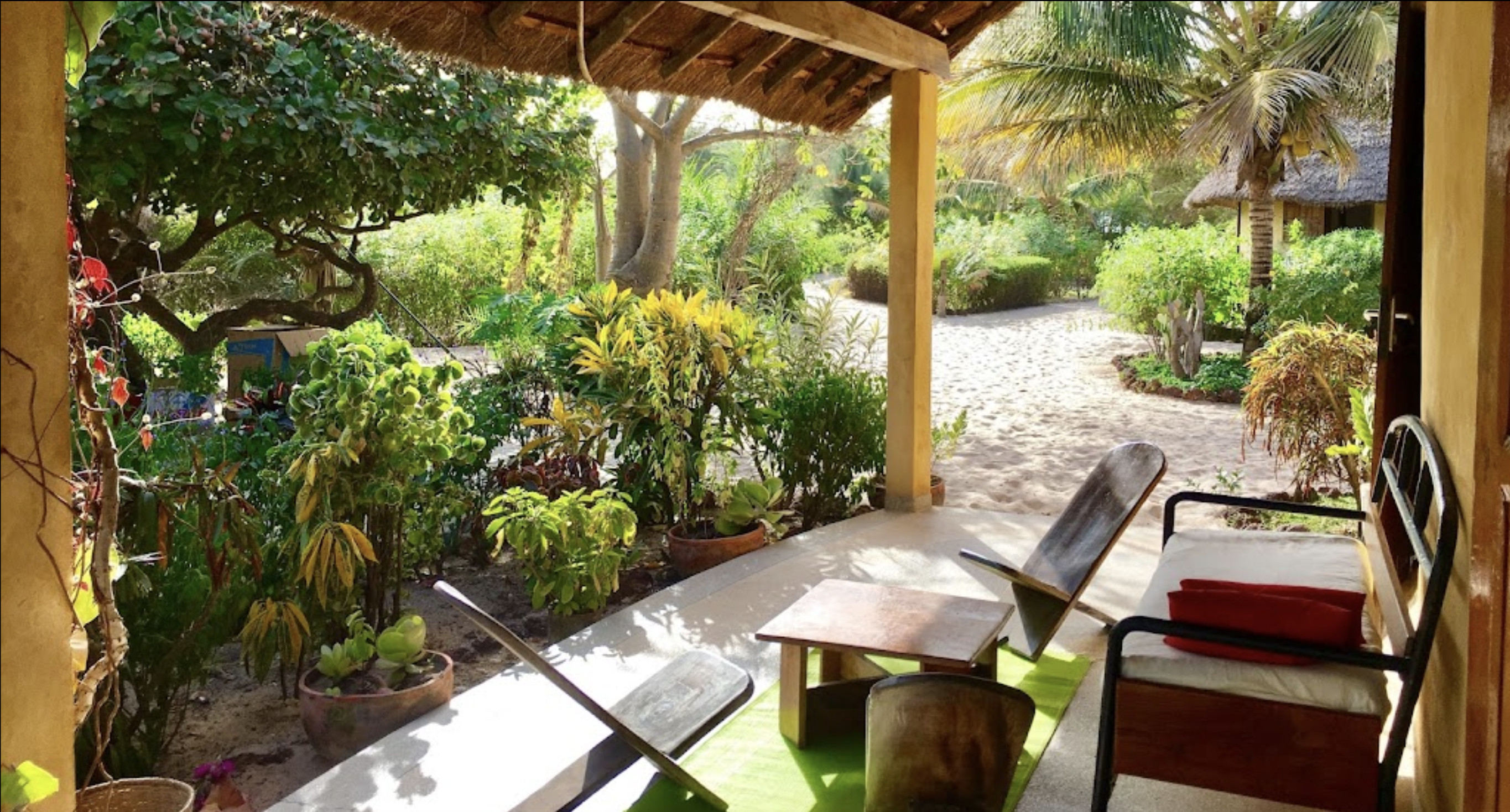 Seaside retreat at Le Kibalaou
Seaside retreat at Le Kibalaou
6. What is the Best Time to Visit Casamance, and How Long Should You Stay?
The best time to visit Casamance is during the dry season, from October to June. According to the Senegal Meteorological Agency, the weather is more pleasant during these months, with lower humidity and fewer mosquitoes. Avoid the rainy season from July to September, as many establishments in Cap Skirring close during this period.
To fully experience Casamance, plan to stay for several days, ideally a week. This will allow you to explore the diverse landscapes and immerse yourself in the local culture.
7. How Does SIXT.VN Enhance Your Casamance Experience?
SIXT.VN provides a range of services to ensure a seamless and enjoyable trip to Casamance. From airport transfers to hotel bookings and curated tours, SIXT.VN handles all the logistics, allowing you to focus on experiencing the beauty and culture of the region.
- Airport Transfers: Reliable and comfortable transportation from the airport to your accommodation.
- Hotel Bookings: A wide selection of hotels and camps to suit your preferences and budget.
- Curated Tours: Expertly designed tours that showcase the best of Casamance, from cultural villages to natural attractions.
- 24/7 Customer Support: Assistance is available around the clock to address any questions or concerns.
With SIXT.VN, your trip to Casamance will be smooth, stress-free, and unforgettable.
8. What are the Cultural Nuances to Be Aware of in Casamance?
Understanding and respecting local customs can greatly enhance your experience in Casamance.
- Greetings: Always greet people politely. A handshake is common, and using local greetings like “Salamaleikum” (peace be upon you) is appreciated.
- Dress Code: While Casamance is relatively liberal, dressing modestly, especially when visiting religious sites, is advisable.
- Photography: Always ask for permission before taking photos of people, especially in rural areas.
- Respect for Elders: Elders are highly respected in Diola culture. Show them deference and listen to their advice.
- Food Etiquette: When eating from a communal bowl, use your right hand only and avoid touching the food that others will eat.
9. What are the Safety Considerations for Tourists in Casamance?
While Casamance is generally safe, it’s essential to be aware of potential risks and take necessary precautions.
- Travel Advisories: Check travel advisories from your home country for the latest safety information.
- Local Advice: Consult local guides or tourist information centers for advice on safe areas and activities.
- Petty Theft: Be aware of petty theft, especially in crowded areas. Keep your valuables secure and avoid displaying expensive items.
- Landmines: Although the region has seen improvements, be cautious in remote areas due to the potential presence of landmines. Stick to well-traveled paths and consult local authorities.
- Health Precautions: Consult your doctor about necessary vaccinations and health precautions before traveling to Casamance. Malaria is a risk, so take preventive measures.
10. How Can SIXT.VN Help You Plan Your Trip to Casamance?
Planning a trip to Casamance can be overwhelming, but SIXT.VN is here to help. Our comprehensive services cover every aspect of your journey, ensuring a smooth and memorable experience.
10.1. Personalized Itineraries
We create custom itineraries tailored to your interests and preferences. Whether you want to focus on cultural immersion, nature exploration, or relaxation, we can design a trip that’s perfect for you.
10.2. Reliable Transportation
Our airport transfer service ensures you arrive at your destination safely and comfortably. We also offer car rental options for exploring the region at your own pace.
10.3. Handpicked Accommodations
We partner with a variety of accommodations, from luxury hotels to authentic village camps, ensuring you have a comfortable and culturally enriching stay.
10.4. Expert Local Guides
Our knowledgeable local guides provide insights into the culture, history, and natural beauty of Casamance, enhancing your overall experience.
10.5. 24/7 Support
Our customer support team is available 24/7 to assist with any questions or concerns, ensuring you have peace of mind throughout your trip.
With SIXT.VN, planning your Casamance adventure is easy and stress-free. Let us handle the details so you can focus on creating unforgettable memories.
Are you ready to explore the beauty and culture of Casamance? Contact SIXT.VN today to start planning your dream trip to Senegal.
Address: 260 Cau Giay, Hanoi, Vietnam
Hotline/Whatsapp: +84 986 244 358
Website: SIXT.VN
FAQ About Casamance Tourism
- What is Casamance known for?
Casamance is known for its lush landscapes, pristine beaches, rich culture, and tranquil atmosphere, offering a unique contrast to the arid regions of northern Senegal. - How do I get to Casamance from Dakar?
You can travel to Casamance from Dakar by air (flights to Ziguinchor or Cap Skirring), by boat (Cosama ferry), or by car (approximately 9-hour drive through Gambia). - What is the best time to visit Casamance?
The best time to visit Casamance is during the dry season, from October to June, to avoid the rainy season’s high humidity and mosquitoes. - What are some must-see attractions in Casamance?
Must-see attractions include Ziguinchor, Cap Skirring, Carabane Island, Elinkine fishing village, Oussouye, and the impluvium houses of Eloubaline. - What activities can I do in Casamance?
Popular activities include taking a pirogue ride on the Casamance River, exploring the islands, hiking in the Basse-Casamance Forest, visiting cashew factories, and cycling through the region. - Where can I stay in Casamance for an authentic experience?
Consider staying in village camps like Campement de l’île d’Egueye or Le Kibalaou for an immersive cultural experience and to support local communities. - Is Casamance safe for tourists?
Casamance is generally safe, but it’s important to stay informed about travel advisories, consult local advice, be aware of petty theft, and take health precautions. - What cultural customs should I be aware of in Casamance?
Be mindful of greetings, dress modestly, ask permission before taking photos, respect elders, and follow proper food etiquette when sharing communal meals. - How long should I plan to stay in Casamance to fully experience it?
Plan to stay for several days, ideally a week, to fully explore Casamance’s diverse landscapes and cultural richness. - How can SIXT.VN help me plan my trip to Casamance?
SIXT.VN offers personalized itineraries, reliable transportation (airport transfers and car rentals), handpicked accommodations, expert local guides, and 24/7 customer support to ensure a seamless and memorable trip.



